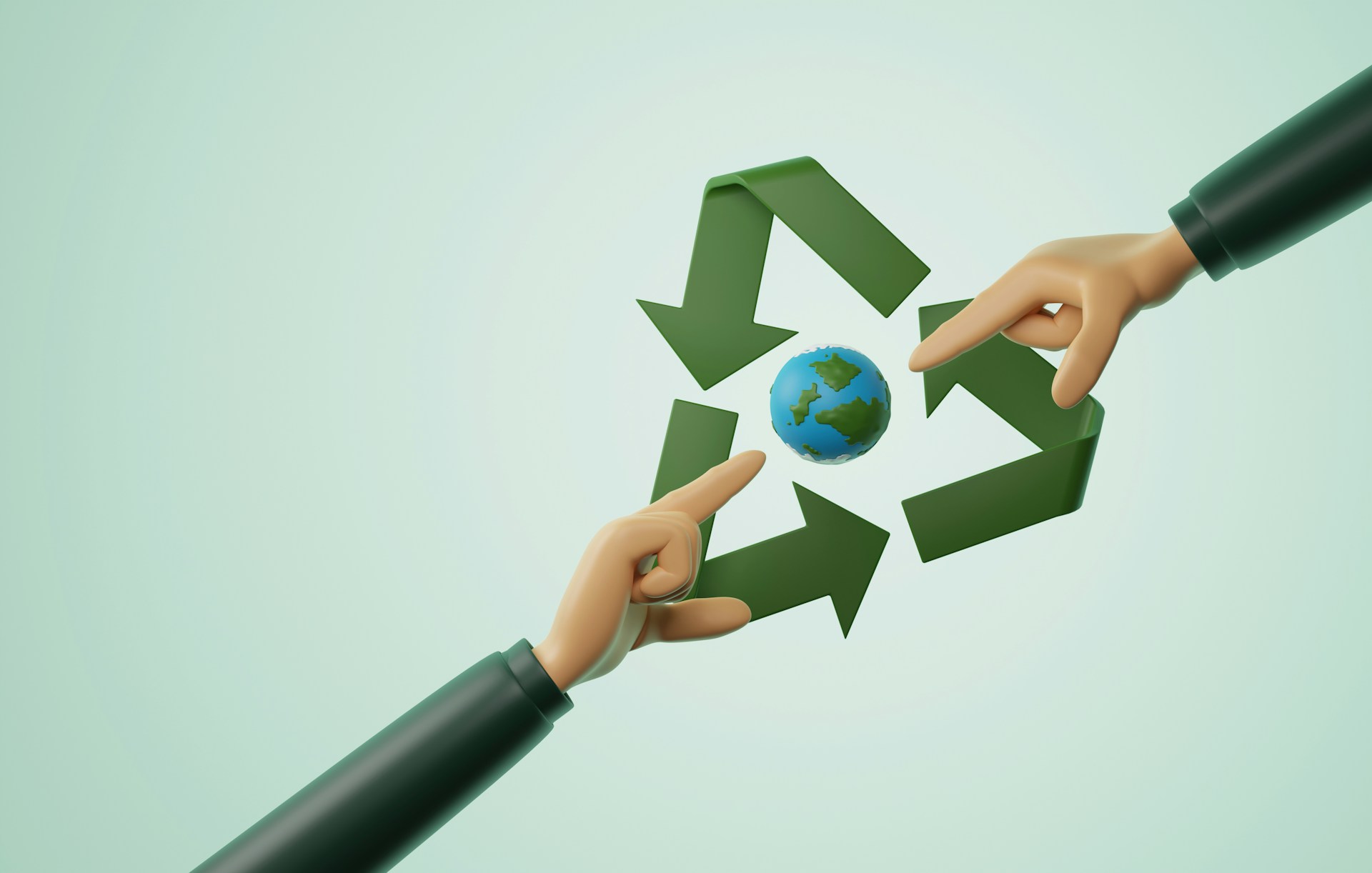A Look at the Latest Trends in Sustainability
The phrase “going green” is no longer a clever marketing ploy alone. As a growing number of consumers become aware of their impact on the environment, an entirely new generation of sustainable solutions has already begun to emerge. Although issues such as legislation and compliance are still concerns, the fact of the matter is that embracing an environmentally friendly edge will help to ensure a bright future. Let’s quickly examine a handful of the latest trends, and the potential benefits that each can provide.
The Logistics Sector
In terms of transport and shipping, sustainable packaging solutions have taken centre stage. While these methods are obviously advantageous from an environmental perspective, we also need to remember that they are also capable of providing a cost-effective edge. Re-purposing recycled materials, creating highly durable containers, and smart warehouse management are some examples of why the logistics sector will benefit from a greener approach.
Unique Business Models
Countless enterprises have likewise learned to appreciate the role that green innovation plays. However, what does this term actually encompass? If can signify a host of metrics, and some of the most relevant include:
- Reducing the amount of paper used within the office.
- Implementing smart lighting solutions.
- Embracing remote employment opportunities.
- Using alternative sources of electricity (such as solar power).
Furthermore, businesses have made it a priority to educate their employees about the role of sustainability. This can help to reduce in-house costs, and to increase levels of personal accountability.
The Domestic Side of Things
The average consumer is just as keen to adopt the latest approaches to green living. The good news here is that the majority of techniques are easy to implement. For example, a family could choose to replace plastic Christmas decorations with handcrafted wooden ornaments. Low-flow taps and shower heads can reduce the amount of water that a home consumes on a daily basis. Ground-source heat pumps, modifying wood ovens so that they can accept biomass, and installing double-glazed windows to reduce energy consumption over the winter are all practical examples of the many options that exist.
Hurdles to Overcome
Although the observations mentioned above are indeed promising, we also need to remember that sustainability faces several real-world challenges. For example, the cost of implementing certain systems may limit their consumer appeal. Some industries (such as the petrochemical sector) will likewise find it difficult to make a green transition without sacrificing a sizeable portion of their existing workforce. Another potential stumbling block is associated with public recognition in developing countries. Regions that are heavily reliant on fossil fuels are much less likely to appreciate the appeal of green alternatives. This is why experts are constantly envisioning innovative approaches that can ultimately provide tangible benefits.
However, it is a foregone conclusion that sustainability is here to stay. From smart home energy systems to green business models, countless options are continuing to transform the world as we know it. What might the future hold? Only time will provide the answer to this question.

